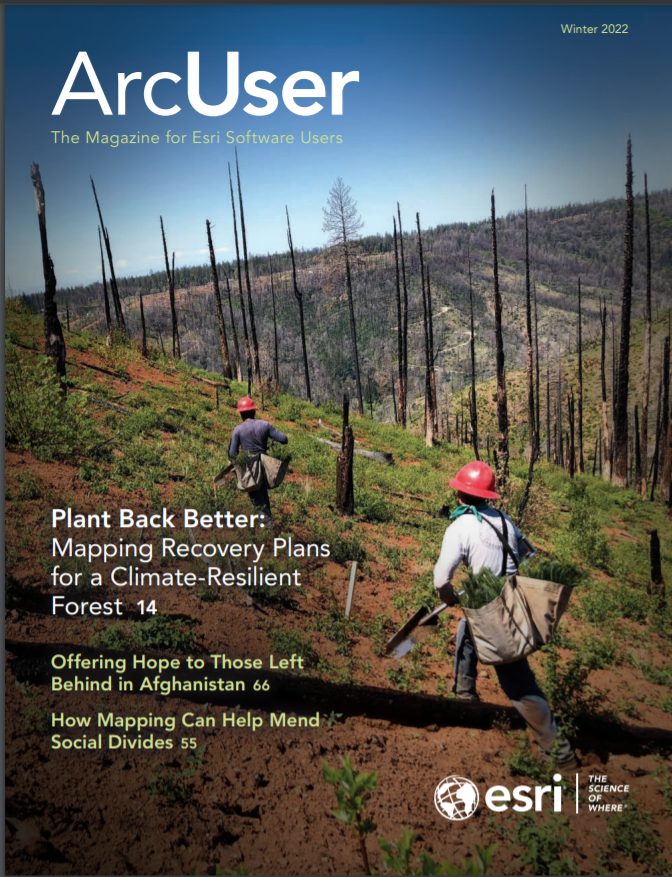Governments across the globe struggle to ensure residents have opportunities to continue their education, secure a well-paying job, find healthy foods, access affordable health care, and locate housing options in safe neighborhoods. They recognize many people face challenges due, in part, to systematic and structural barriers that constrain access to opportunity.
Social equity aims for a just and fair social policy. Many governments are making a commitment to social equity, seeking to make investments aligned with the severity of needs in their jurisdictions. They want strong, equitable communities that provide opportunities and benefits to all.
To do this, governments first must understand patterns, conditions, and outcomes that impact various groups. Being able to aggregate, disaggregate, and analyze community conditions is crucial to understanding how to allocate resources by knowing where they are abundant and where they are lacking.
The Social Equity Analysis solution delivers a set of capabilities that help state and local governments understand community characteristics, analyze community conditions and actions, and generate an equity analysis index that can be used to educate internal and external stakeholders.
Evaluate Conditions
Equity offices want to understand where community condition rates are high or low so programs and investment can be appropriately adjusted. The Social Equity Analysis solution provides tools that help analysts assemble data on assets, conditions, and outcomes; aggregate the data into a geographic reporting area; and calculate a community condition rate for each given geography. Any numeric, address, or spatial data can be used to focus on specific statistics. The resultant Community Condition Rate map allows departments to see where condition rates are high or low.
Identify Community Characteristics
Equity offices also need to know where concentrations of focus community characteristics are located. The solution is configured to identify demographics and focus variables that are common inputs in equity analysis. These variables are added using the Enrich tool and apportioned by geographic reporting areas.
Analysis can be directed on any focus variable to ensure the condition that is being analyzed is equitable. This stand-alone map produced can be useful for visualizing where the specified focus community characteristics have the highest concentrations. The Community Characteristics Index map shows areas of highest and lowest focus based on the input focus variables.
Create an Equity Analysis Index
The Community Condition Rate and Community Characteristics Index maps are produced by previous steps in the Social Equity Analysis solution. Combining these two key pieces of information produces an equity analysis index map, showing where need is the highest and lowest relative to the other reporting areas. The resultant equity analysis index map can be used to identify where the highest need exists for the specified community condition and focus community characteristics variables.
Evaluate Asset Locations
The Social Equity Analysis solution determines how many people are within a specified travel time of existing asset locations. If necessary, travel modes and times can be adjusted to reflect local conditions and ultimately used to visually evaluate where gaps in coverage exist. If existing asset locations are not meeting community needs, the Social Equity Analysis solution can be used to select the best candidate asset locations from a set of potential locations provided.
The selection process weights each reporting area as a point of need, so that areas that have greater need have a nearby location. This ensures that new asset locations will be selected in or near areas that are in need.
Share Results with Stakeholders
After refining the equity analysis, results can be shared with both internal and external stakeholders. The maps of indexes and chosen asset locations can be shared via ArcGIS Online or ArcGIS Enterprise organizational accounts. The Equity Analysis Index application is designed to share these results, so stakeholders understand where equitable, or inequitable, conditions exist.
Additional Resources
Learn more about racial equity solutions and how to quickly deploy them by going to the ArcGIS Solutions site. For questions and feedback, contact members of the ArcGIS Solutions team on Esri Community or contact Esri Support Services.
Esri provides resources via the Racial Equity GIS Hub to help organizations address racial inequities. When using this data, please reference “The Role of the GIS Professional in Issues of Equity and Social Justice,” an article that ran in the January/February 2019 issue of GIS Professional, a publication of the Urban and Regional Information Systems Association (URISA).




